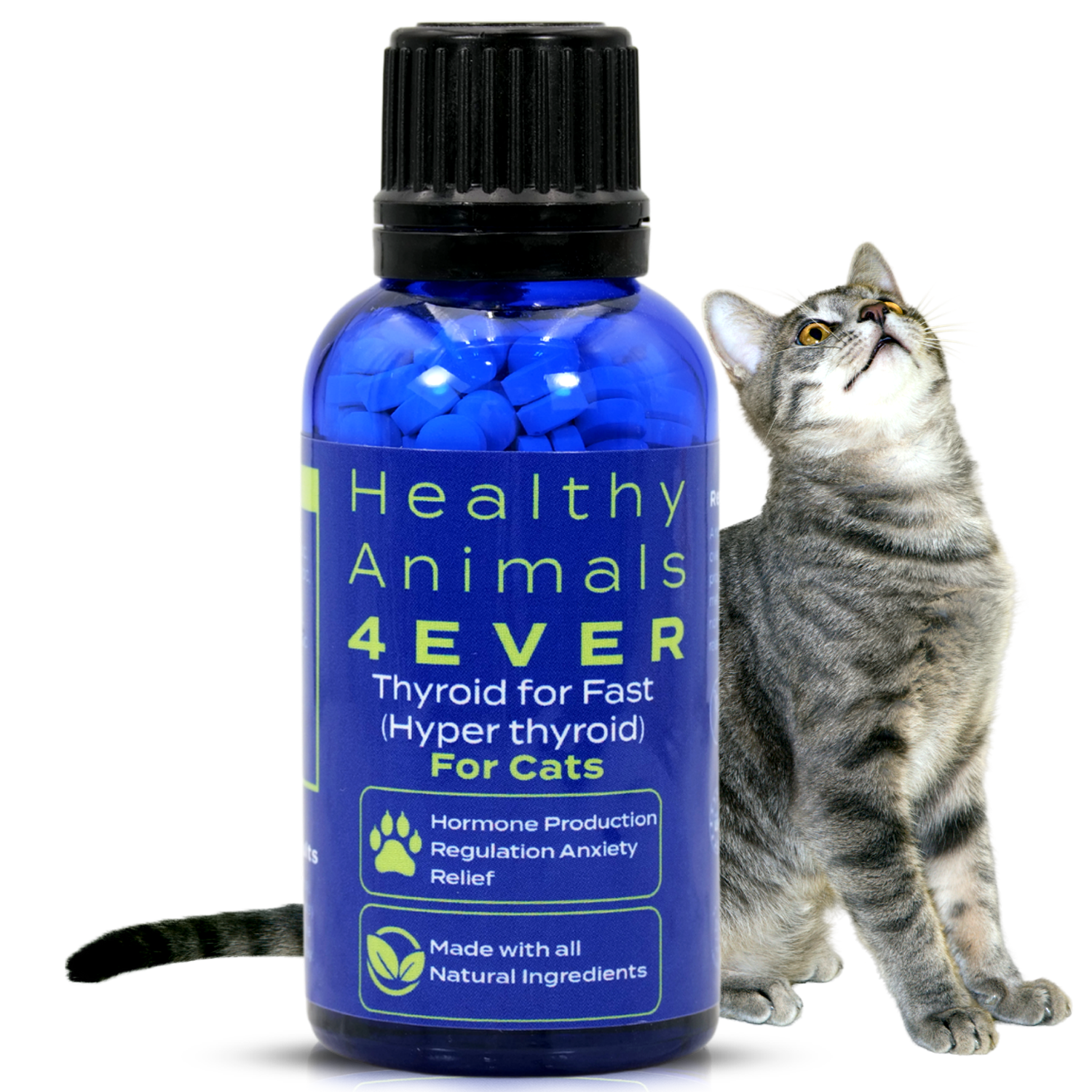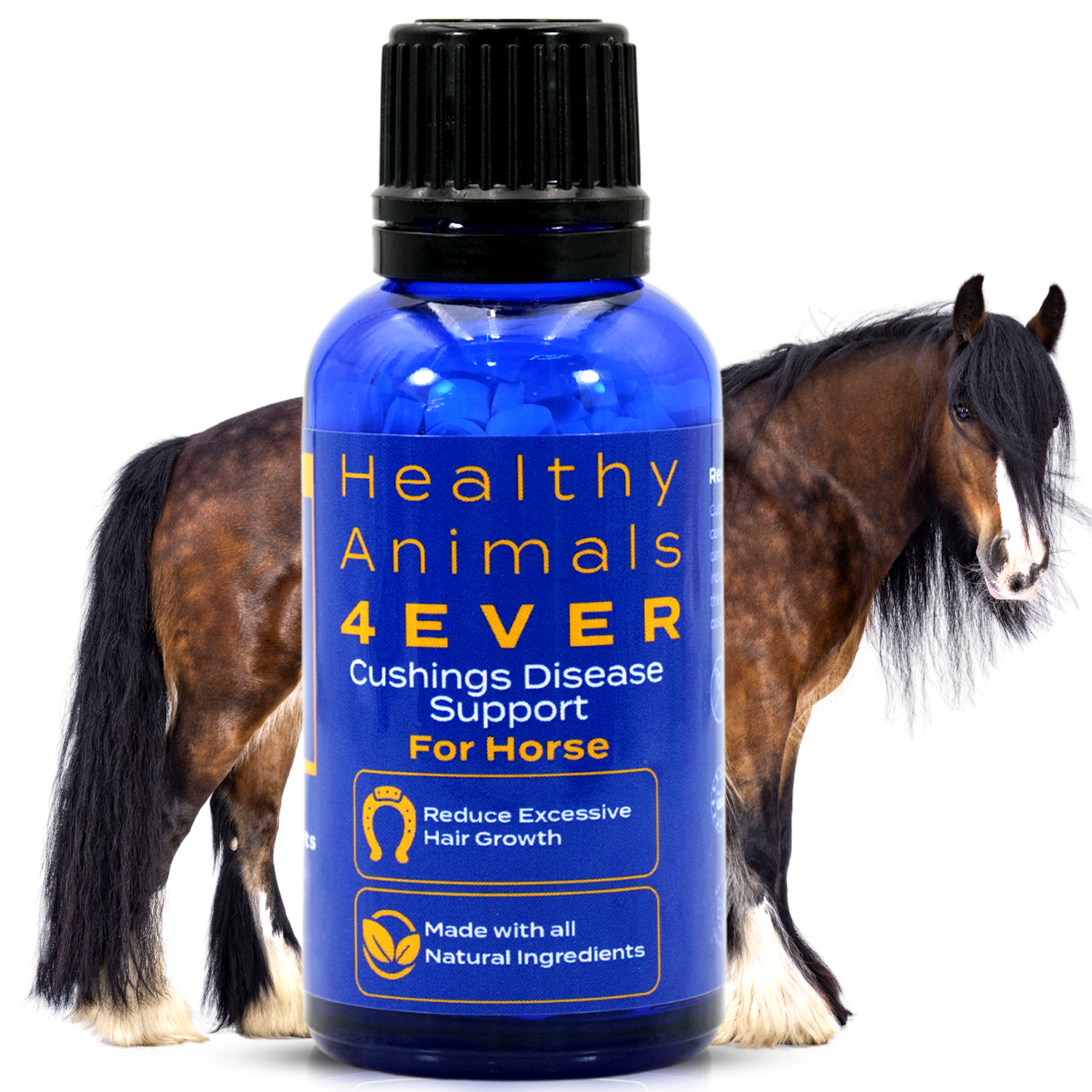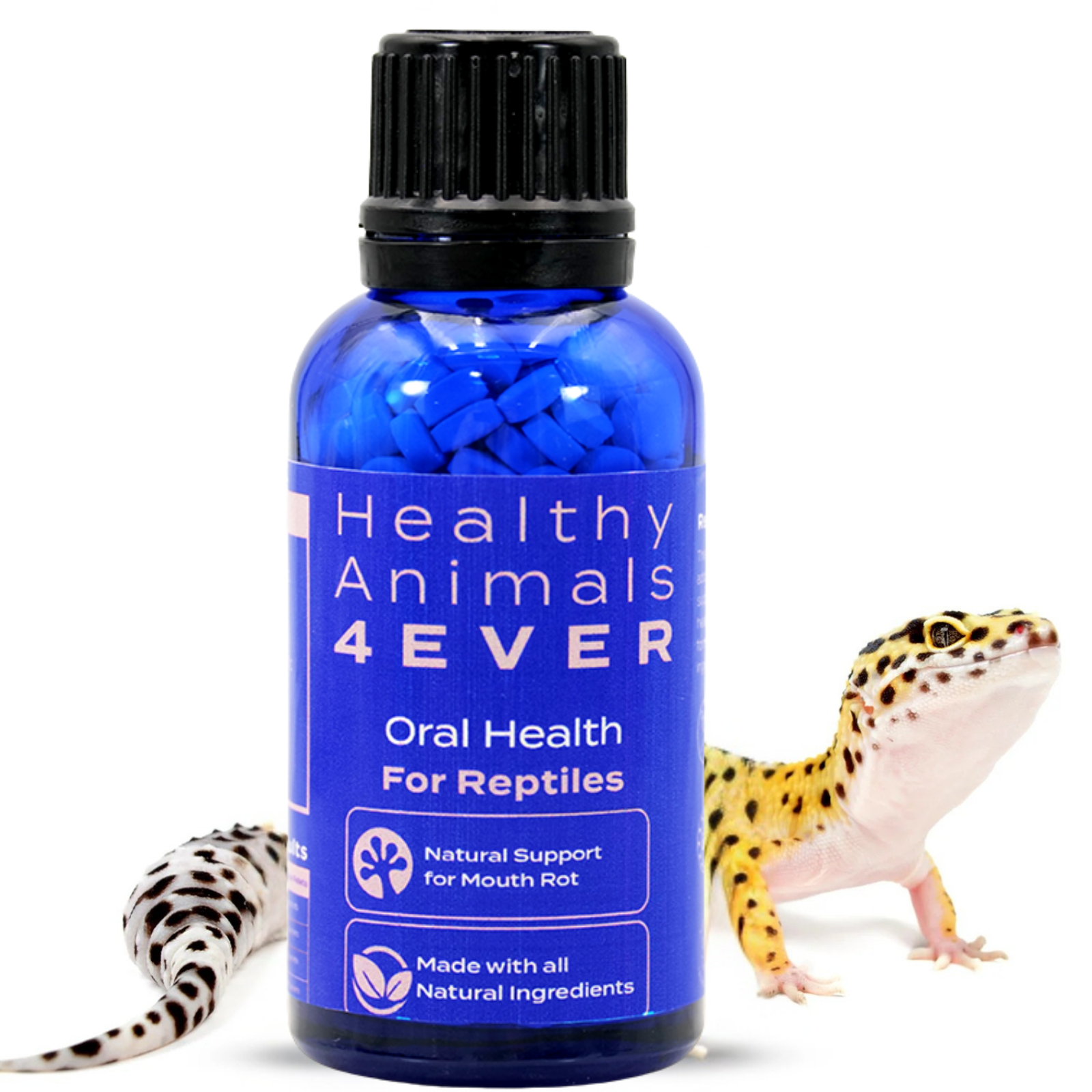Preventing Heat Stroke in Pets: A Comprehensive Guide for Dog and Cat Owners
Do you know the immediate actions to take if you suspect your pet is suffering from heat stroke?
Heat stroke in pets is a serious and potentially life-threatening condition that every pet owner should be aware of. Dogs and cats can easily become overheated, especially during hot weather or intense physical activity.
Understanding the causes, recognizing the warning signs, and responding promptly can make a critical difference in ensuring your pet's well-being. So, we'll provide detailed guidance on immediate actions to take if your pet shows symptoms of heat stroke and how homeopathy can offer additional support.
Gaining this knowledge will better prepare you to protect your pets from the dangers of heat stroke and ensure they enjoy the summer months safely.

Understanding Heat Stroke in Pets
Heat stroke is a condition in which a pet's body temperature rises to dangerous levels, usually due to excessive heat and humidity. It occurs when the body cannot effectively dissipate heat, leading to a rapid increase in core temperature.
This can result in severe damage to internal organs and can be fatal if not treated promptly.
What is Heat Stroke?
Heat stroke happens when a pet's body temperature exceeds their normal range, typically around 101 to 102.5 degrees Fahrenheit (38.3 to 39.2 degrees Celsius) for dogs and cats.
It becomes a medical emergency when their temperature rises above 104 degrees Fahrenheit (40 degrees Celsius).
Unlike humans, dogs and cats do not sweat efficiently. They mainly rely on panting and limited sweating through their paw pads to cool down, making them more susceptible to overheating.
Causes of Heat Stroke in Dogs and Cats
Various factors can trigger heat stroke in pets, all of which lead to an excessive rise in body temperature. Knowing these causes can help pet owners prevent this dangerous condition.
Environmental Factors
- High Temperatures
- The most apparent cause of heat stroke is hot weather.
- When the temperature outside rises, especially above 85 degrees Fahrenheit (29 degrees Celsius), the risk of heat stroke increases.
- Humidity
- High humidity levels make it harder for pets to cool themselves through panting.
- Even moderate temperatures can be dangerous if the humidity is high.
- Lack of Ventilation
- Pets left in confined spaces without proper ventilation, such as parked cars, are at high risk.
- The temperature inside a car can rise rapidly, reaching lethal levels within minutes.
- Direct Sun Exposure
- Prolonged exposure to direct sunlight can cause pets to overheat quickly.
- Lack of access to shade can exacerbate this problem.
Physical Activity

- Excessive Exercise
- Intense physical activity, especially during hot weather, can cause a rapid increase in body temperature.
- Pets may not know when to stop, so owners must regulate their activity levels.
- Playing on Hot Surfaces
- Surfaces like asphalt, concrete, and sand can become extremely hot and transfer heat to pets' bodies, leading to overheating.
Breed Predispositions
- Brachycephalic Breeds
- Breeds with short noses, such as Bulldogs, Pugs, and Persian cats, have more difficulty cooling themselves due to their respiratory structure.
Better Breathing Respiratory Support provides lung support for cats. Helpful in fighting the infection to stop coughing at its source. Useful in cases of asthma and other breathing difficulties. All-natural formula. Non-drowsy relief. Easy to use.
- Thick-Furred Breeds
- Breeds with thick fur coats, like Huskies and Persian cats, can overheat more easily because their fur traps heat.
- Obesity
- Overweight pets have more difficulty regulating their body temperature, making them more prone to heat stroke.
Other Risk Factors
- Age
- Very young and older pets are more susceptible to heat stroke due to their less efficient thermoregulation mechanisms.
- Health Conditions
- Pets with pre-existing health conditions, such as heart disease or respiratory problems, are at higher risk.
- Dehydration
- Lack of adequate water intake can impair a pet's ability to cool down, increasing the risk of heat stroke.

Better Breathing Respiratory Support provides lung support for dogs. Helpful in fighting the infection to stop coughing at its source. Useful in cases of asthma and other breathing difficulties. All-natural formula. Non-drowsy relief. Easy to use.
Understanding these causes is crucial for preventing heat stroke in dogs and cats.
By being aware of the environmental conditions, regulating physical activity, and considering breed-specific risks, you can take proactive measures to protect your pets from this potentially deadly condition.
Warning Signs of Heat Stroke
Recognizing the early signs of heat stroke in your pets can save their lives. Dogs and cats cannot tell us when they are too hot, so it's essential to be aware of the overheating symptoms. Here are the signs to watch for:
Early Symptoms
- Panting and Excessive Drooling
- One of the first signs of heat stroke is heavy panting.
- While dogs often pant to cool down, excessive and continuous panting can signal trouble.
- Cats might also pant, though it's less common. Both may drool more than usual.
- Red or Pale Gums
- Check your pet's gums.
- They should be pink and moist.
- It could indicate heat stress if they appear bright red, pale, or blue.
- Increased Heart Rate
- An elevated heart rate is a common sign of heat stroke.
- You can check your pet's pulse on the inside of their thigh, where the femoral artery is located.
- Restlessness and Discomfort
- Pets may become restless or have difficulty settling down.
- They might pace or seem agitated.
Advanced Symptoms
- Weakness or Stumbling
- As heat stroke progresses, pets may become weak or unsteady on their feet.
- This indicates a significant rise in body temperature, affecting their muscles and coordination.
- Vomiting or Diarrhea
- These can be signs of severe heat stress.
- Vomiting and diarrhea further dehydrate the pet, worsening the situation.
- Lethargy and Collapse
- Extreme lethargy or collapse is a critical sign that your pet is in serious danger.
- If your pet becomes unresponsive or collapses, it is an emergency.
- Seizures
- In severe cases, pets may experience seizures due to extreme overheating and the resulting damage to the nervous system.
Seizures provides natural support for epilepsy and seizures in dogs. Promotes calmness. It may aid in minimizing the frequency and duration of uncontrolled electrical disturbances and decreasing inflammation. All-natural formula. Easy to use.
Recognizing the warning signs of heat stroke can make all the difference for your pet's health and safety. Constantly monitor your pets during hot weather and take preventive measures to keep them cool.
Immediate Actions to Take
Acting quickly is essential when you suspect your dog or cat is suffering from heat stroke.
Here are the steps you should take immediately to help cool your pet down and stabilize their condition:
Steps to Cool Down Your Pet
- Move to a Cooler Environment
- The first thing you need to do is get your pet out of the hot environment.
- Move them to a shaded area or, better yet, an air-conditioned room.
- Provide Water
- Offer your pet small amounts of cool water to drink.
- Please do not give them ice-cold water, as it can cause shock.
- If they refuse to drink, do not force them.
- You can also wet their mouth and gums with a damp cloth.

- Use Cool, Wet Towels
- Apply cool (not cold) wet towels to your pet's body, focusing on their head, neck, chest, and paws.
- Replace the towels frequently to keep them cool.
- Avoid covering your pet completely with the towels, as it can trap heat.
- Use Fans
- Position a fan to blow gently on your pet.
- This helps to evaporate the water from the wet towels and speeds up the cooling process.
- Spray with Cool Water
- You can use a spray bottle or a hose to mist your pet with cool water, especially on their belly and paws.
- Ensure the water is cool and not ice-cold.
- You can also place them in a shallow pool of cool water.
- Monitor Their Temperature
- If you have a thermometer, check your pet's rectal temperature every few minutes.
- Stop cooling them once their temperature reaches 103°F (39.4°C) to avoid hypothermia.
When to Seek Veterinary Care
- Even if your pet seems to recover, it's vital to seek veterinary care as soon as possible.
- Heat stroke can cause internal damage that might not be immediately visible.
- Contact your vet and explain the situation. They may advise bringing your pet in for an examination and possible treatment.
Knowing what immediate actions to take and understanding the importance of prompt veterinary care can significantly improve your pet's chances of recovery from heat stroke.
Always remain calm and act swiftly to provide your pet the necessary care and comfort.
Introduction to Homeopathy for Pets
Homeopathy is based on the principle of "like cures like," where substances that cause symptoms in a healthy individual are used in diluted forms to treat similar symptoms in a sick individual.
Here are 5 common remedies that can help relieve your pets and help them recover from heat stroke:
- Belladonna
This remedy is helpful for pets experiencing a sudden onset of heat stroke, which can include high fever, dry skin, and bright red gums. Belladonna can help reduce fever and inflammation.
- Glonoinum
Also known as nitroglycerin, Glonoinum is helpful for pets with severe heat stroke symptoms, such as extreme overheating, rapid pulse, and confusion. It can help stabilize body temperature and reduce symptoms of shock.
- Aconite
Aconite is beneficial in the early stages of heat stroke, especially if the onset is sudden. Symptoms that respond well to Aconite include restlessness, anxiety, and rapid breathing.
- Apis Mellifica
This remedy, derived from honeybees, is useful for pets showing signs of swelling, redness, and heat on the skin. It can help reduce inflammation and provide relief from the heat.
- Gelsemium
If your pet is weak, lethargic, and has difficulty moving due to heat stroke, Gelsemium can be a good choice. It helps with exhaustion and general weakness.
Seizures provides natural support for epilepsy and seizures in cats. Promotes calmness. It may aid in minimizing the frequency and duration of uncontrolled electrical disturbances and decreasing inflammation. All-natural formula. Easy to use.
Important Considerations
Follow the dosage instructions
They can guide you on the appropriate remedy and dosage for your pet's specific condition. If you need further information, consult with a holistic veterinarian before starting homeopathic treatment.
Monitor Symptoms
Keep a close eye on your pet's symptoms and progress. If the condition does not improve or worsens, seek veterinary care immediately.
Combine with Conventional Care
Homeopathy, is a form of holistic healthcare that can be a supportive treatment but should not replace conventional veterinary care. Use it alongside other treatments prescribed by your vet.
Homeopathy can be a gentle and effective way to support your pet's recovery from heat stroke. By understanding the different remedies and how to administer them, you can provide additional care and comfort to your pet during a heat stroke emergency.
Preventing Heat Stroke in Pets
Preventing heat stroke is much easier than treating it. By taking a few simple precautions, you can protect your pets from the dangers of overheating.
Here are some practical tips to keep your pets safe and comfortable during hot weather:
- Hydration
- Always ensure your pet has access to fresh, cool water.
- Pets can quickly become dehydrated, especially in hot weather, so keep their water bowls filled and place them in shaded areas.
- Avoid Peak Heat Hours
- Limit your pet's outdoor activities to early morning or late evening when temperatures are cooler.
- Avoid walking or exercising your pet during the hottest parts of the day, typically between 10 a.m. and 4 p.m.
- Provide Shade
- If your pet spends time outside, ensure they can access shaded areas.
- Trees, awnings, or covered patios can provide relief from direct sunlight.

- Cool Surfaces
- Hot pavement, sand, and other surfaces can burn your pet's paws and increase their body temperature.
- Walk your pet on grass or dirt paths instead.
- You can also check the pavement's temperature with your hand; if it's too hot for you, it's too hot for your pet.
- Ventilation
- Never leave your pet in a parked car, even with the windows cracked.
- Temperatures inside a car can rise rapidly and become life-threatening within minutes.
- Grooming
- Regular grooming can help prevent overheating, especially for pets with thick fur.
- However, avoid shaving their fur completely, as it provides some protection against sunburn.
Environmental Adjustments
- Indoor Cooling
- Keep your home cool with fans or air conditioning.
- If you don't have air conditioning, consider using cooling mats or wet towels for your pet to lie on.
- Outdoor Housing
- If your pet lives outdoors, ensure their housing is well-ventilated and shaded.
- Provide cooling options like fans or cooling pads.
- Water Play
- Set up a small pool or sprinkler in the yard for your dog to play in and cool down.
- Many dogs enjoy splashing around, and it can help regulate their temperature.

Monitoring and Awareness
Know the Signs
- Familiarize yourself with the symptoms of heat stroke and act quickly if you notice them.
- Early intervention can save your pet's life.
Regular Check-ins
- Frequently check on your pet's condition during hot weather.
- Ensure they are comfortable, hydrated, and not exhibiting signs of heat stress.
By following these prevention tips, you can significantly reduce your pets' risk of heat stroke. Keeping them cool, hydrated, and safe during hot weather is essential for their health and well-being.
Always be vigilant and proactive in protecting your pets from overheating.

The Bottom Line
Protecting your pets from heat stroke is essential. By understanding the causes and signs and knowing how to respond and prevent it, you can take immediate action to cool down your pet and seek veterinary care if necessary.
Providing ample shade, water, and ventilation and avoiding excessive exercise during peak heat hours are simple yet effective ways to keep your pets safe and comfortable. Additionally, considering breed-specific risks and health conditions can help you tailor your approach to ensure your pet's well-being.
With these preventive measures, you can enjoy summer with your pet while minimizing the risk of heat-related illnesses.
Remember to stay vigilant and prioritize your pets needs to keep them happy and healthy all year round.











